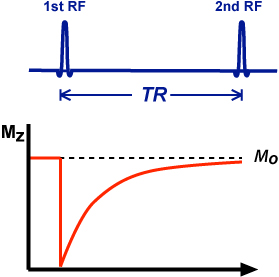Introduction to the Human Body
Human anatomy is the study of the shape and form of
the human body. The human body has four limbs(two arms and two legs), a
head and a neck which connect to the torso. The body's shape is
determined by a strong skeleton made of bone and cartilage,
surrounded by fat, muscle, connective tissue, organs, and other structures.
The spine at the back of the skeleton contains the flexible vertebral
column which surrounds the spinal cord, which is a collection of
nerve fibers connecting the brain to the rest of the body. Nerves connect
the spinal cord and brain to the rest of the body. All major bones, muscles,
and nerves in the body are named, with the exception of anatomical
variations such as sesamoid bones and accessory muscles.
Blood
vessels carry blood throughout the body, which moves because of the beating of
the heart. Venules and veins collect blood low in oxygen from
tissues throughout the body. These collect in progressively larger veins until
they reach the body's two largest veins, the superior and inferior
vena cava, which drain blood into the right side of the heart. From here, the
blood is pumped into the lungs where it receives oxygen and drains
back into the left side of the heart. From here, it is pumped into the body's
largest artery, the aorta, and then progressively smaller arteries
and arterioles until it reaches tissue. Here blood passes from small arteries
into capillaries, then small veins and the process begins again. Blood
carries oxygen, waste products, and hormones from one place in
the body to another. Blood is filtered at the kidneys and liver.
The
body consists of a number of different cavities, separated areas which house
different organ systems. The brain and central nervous system reside
in an area protected from the rest of the body by the blood brain barrier.
The lungs sit in the pleural cavity. The intestines, liver,
and spleen sit in the abdominal cavity
Height,
weight, shape and other body proportions vary individually
and with age and sex. Body shape is influenced by the distribution of muscle and fat
tissue.
In regional anatomy of geographical study is made and each region e.g. arm, leg, head, chest, etc.,is found to consist of a number of structures common to all regions such as bones, muscles, nerves, blood vessels and so on. From this study it follows that a number of different systems exist. These have been grouped together and described uner the heading systematic anatomy.
In regional anatomy of geographical study is made and each region e.g. arm, leg, head, chest, etc.,is found to consist of a number of structures common to all regions such as bones, muscles, nerves, blood vessels and so on. From this study it follows that a number of different systems exist. These have been grouped together and described uner the heading systematic anatomy.



Comments
Post a Comment